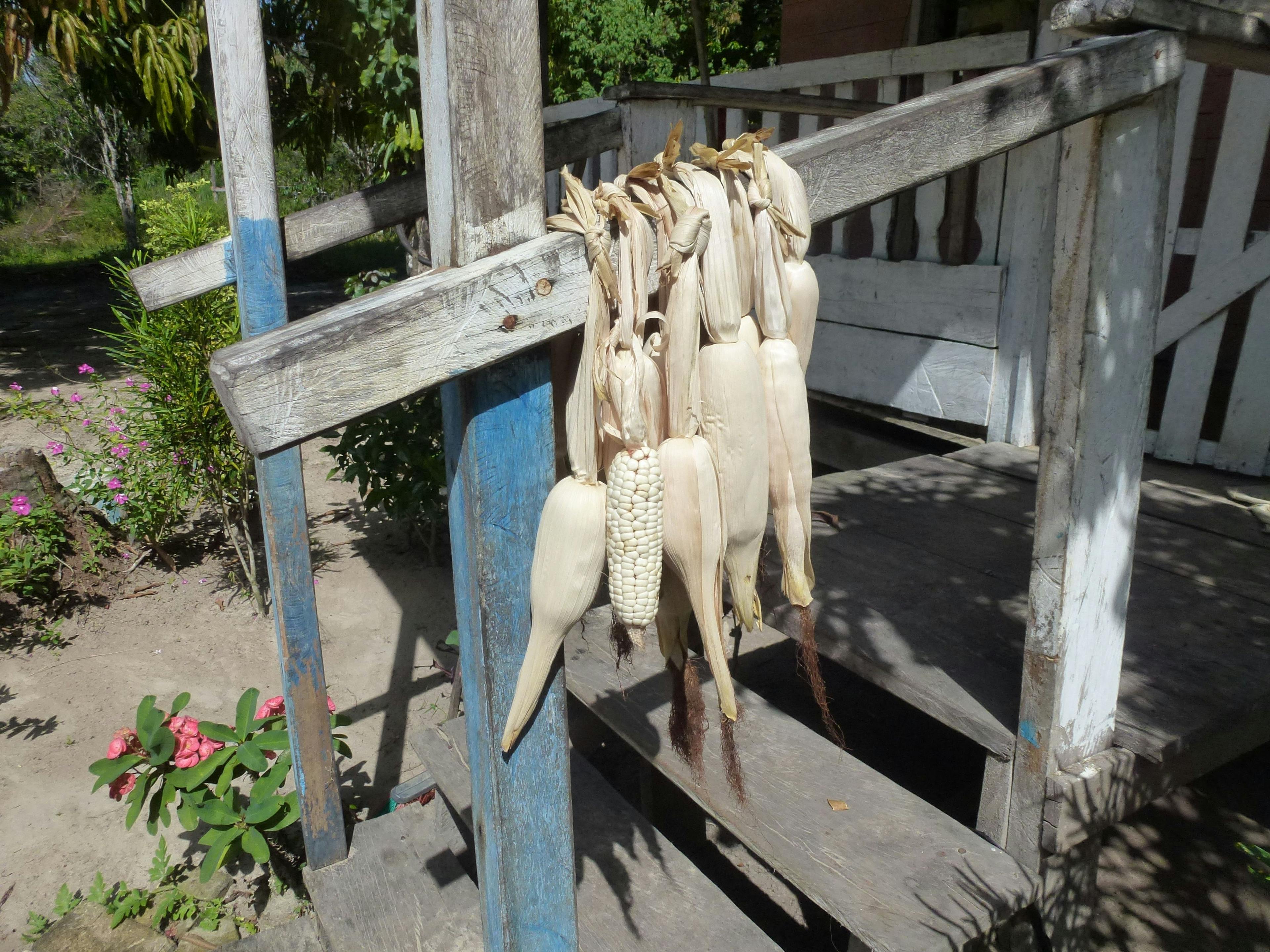We are delighted to introduce the Spring 2019 issue of TEA: The Ethnobotanical Assembly. Buoyed by the success of our inaugural issue last October - and accompanied by the first signs of spring here in the UK - the new issue of TEA features eight exciting contributions that investigate people-plant relationships from a diversity of angles and perspectives. From Siberian birch, Amazonian ergot, and Japanese rice to Mexican fan-palms, Turkish gardens, and Chilean forests, these articles, photo essays, poems, and films reaffirm and underscore the interdependency of human beings and plants, cross-culturally and through time.
The present issue begins with a fascinating piece by ethnobotanist and plant writer Anna Lewington, on the cultural and historical importance of birches (Betula sp.) across the northern hemisphere. Birch trees, we learn, have played a significant role in shaping the cultures and belief systems of millions of people. This is followed by an ethnographic article by anthropologist and ethnobotanist Dr Glenn Shepard Jr., detailing the use of botanical hunting charms by the indigenous Matsigenka people of Amazonian Peru. The Matsigenka, like many indigenous Amazonian peoples, share an intimate bond with plant-life which permeates their entire cosmology - from hunting to shamanism.
The issue continues with the second instalment in botanist Dr Evan Meyer’s series Street Plants: The Wild Flora of L.A. - on the iconic Mexican fan palm (Washingtonia robusta) that adorns the boulevards of Los Angeles. As Evan shows us, even the urban citscape of LA can be revealingly understood through a botanical lens. Next, we feature a photo essay by Ryuhei Oishi, documenting a rice harvest and rice-based local cuisine in rural Japan, and an essay by Rebecca Lazarou introducing us to Three Spirit, a brand new botanical elixir. This is followed by a poignant poem by Nalan Azak, about her grandfather’s garden in Turkey.
Finally, the issue also features two videographic contributions. First up is Cañi, a beautiful documentary film and accompanying essay about conservation in the mountainous forests of southern Chile, by Josefina Buschmann, Martin Fonck, and Piergiorgio Di Giminiani. Secondly, we present Cambium, an experimental short film exploring the relationship between humans and trees, by digital anthropologist and filmmaker Fabian Broeker and featuring actress Romane Bökkerink.
Lastly, we’d like to extend our thanks to all of our readers and contributors for your ongoing support and input in making this collaborative initiative such a great success. Together, we will continue to explore the pervasive, diverse, and often surprising forms that human-plant entanglements take in quarterly publications of this open-access online magazine (Spring, Summer, Autumn, Winter). Please do get in touch if you are interested in contributing to a future issue of TEA (for instance, see our Call for Reviewers for a new edited book on the ethnopharmacology of psychoactive plants).
We hope you enjoy reading this issue of TEA as much as we’ve enjoyed compiling it.
Best wishes,
Lewis Daly and Kay Lewis-Jones
Co-editors of TEA
